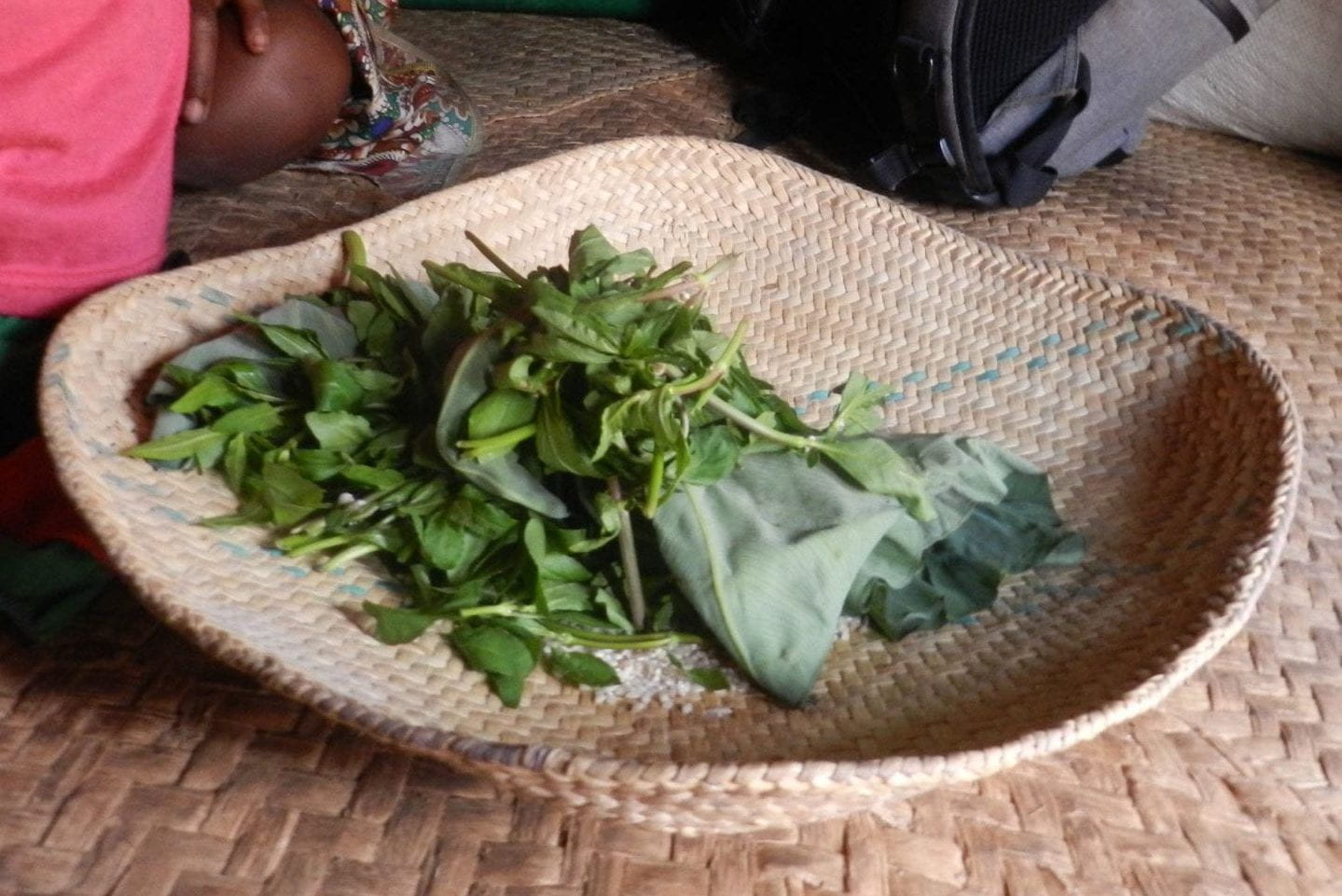Nutrients and conservation assessment of wild edible plant species occurring at Alandraza-Agnalavelo sacred forest
Transdisciplinary collaboration with Missouri Botanical Garden to study biodiversity and diet diversity in a nutritionally vulnerable population of Madagascar.

Location: Madagascar
Collaborators: Missouri Botanical Garden, Madagascar Research and Conservation Program
Description: Madagascar holds some of the most important but threatened biodiversity globally. The island nation with very high levels of endemism in plants and animals is experiencing rapid habitat loss. Severe hunger and malnutrition affect its human population, arising from poverty, repeated droughts and climate change. Nearly one-half (47.3%) of young children experience stunted growth. We hypothesized that people living near a protected forest would seek out endangered species of plants and animals during hunger season. The research aims to: 1) examine the diets and nutritional status of vulnerable families living in the surrounding areas of the conservation site; 2) characterize the nutritional value and biodiversity of wild plant species in the diet; and 3) develop a strategy to both conserve species and identify alternative nutritious food sources for vulnerable households.
Our team of public health nutritionists is working with ethnobotanists of MBG to conduct the research. Anthropometric measures of child growth and 24-hour dietary intake surveys have been administered to capture nutrition situation. Kjeldahl’s gravimetric and enzymatic methods will investigate nutrients in the top wild species, while the linear transect method will provide information on the availability of species in natural habitat. Ultimately, a social behavior change strategy will be developed based on findings to enhance diet diversity and protect biodiversity.
Sponsor: Living Earth Collaborative, Washington University in St. Louis